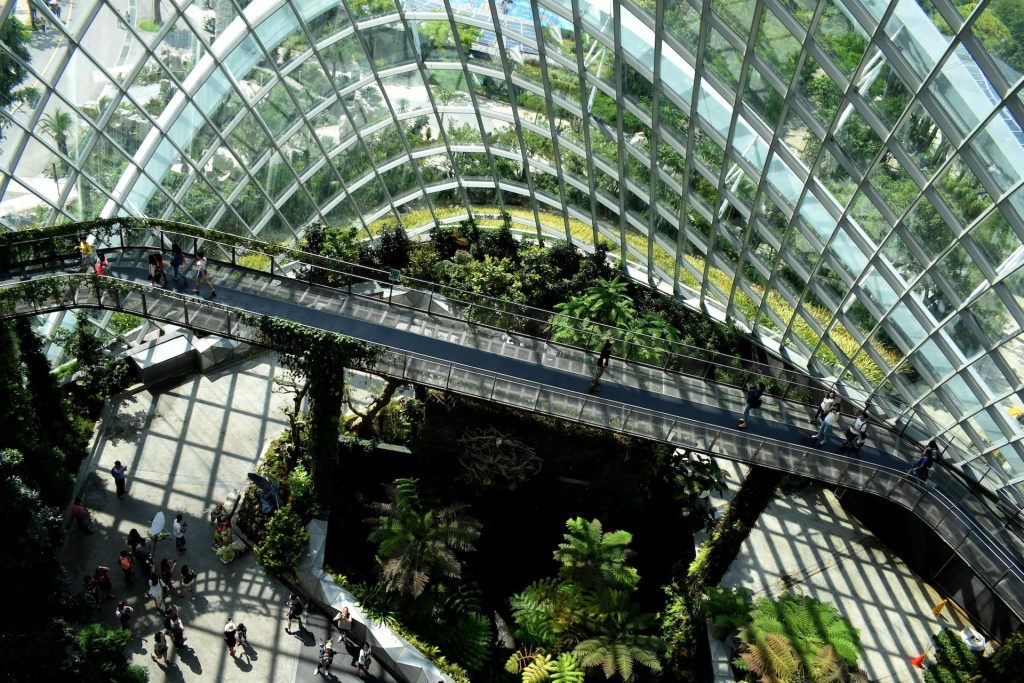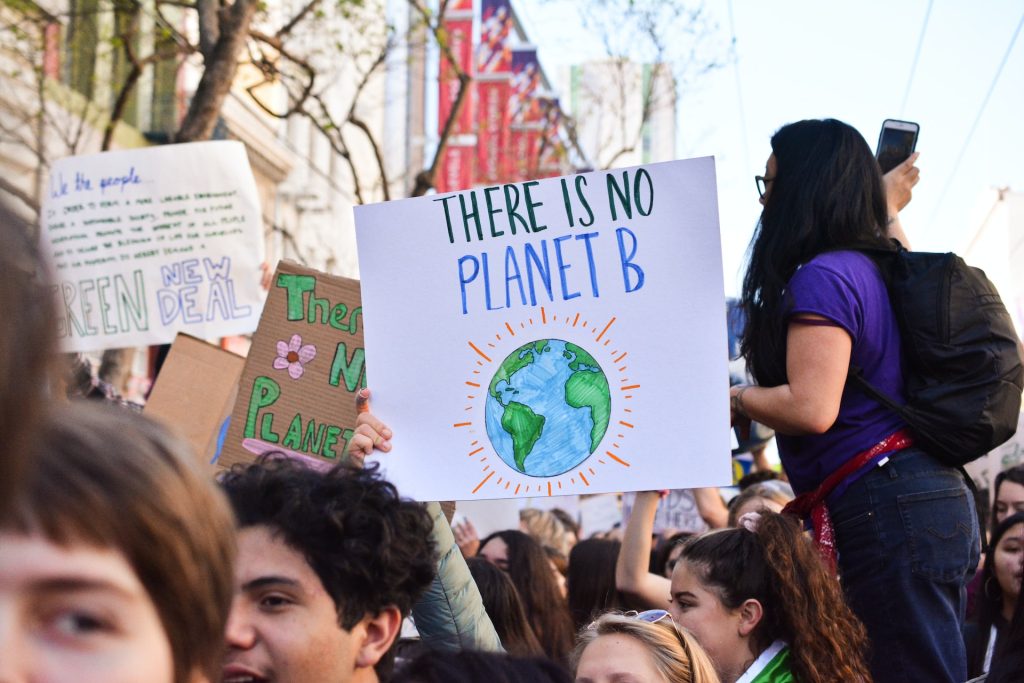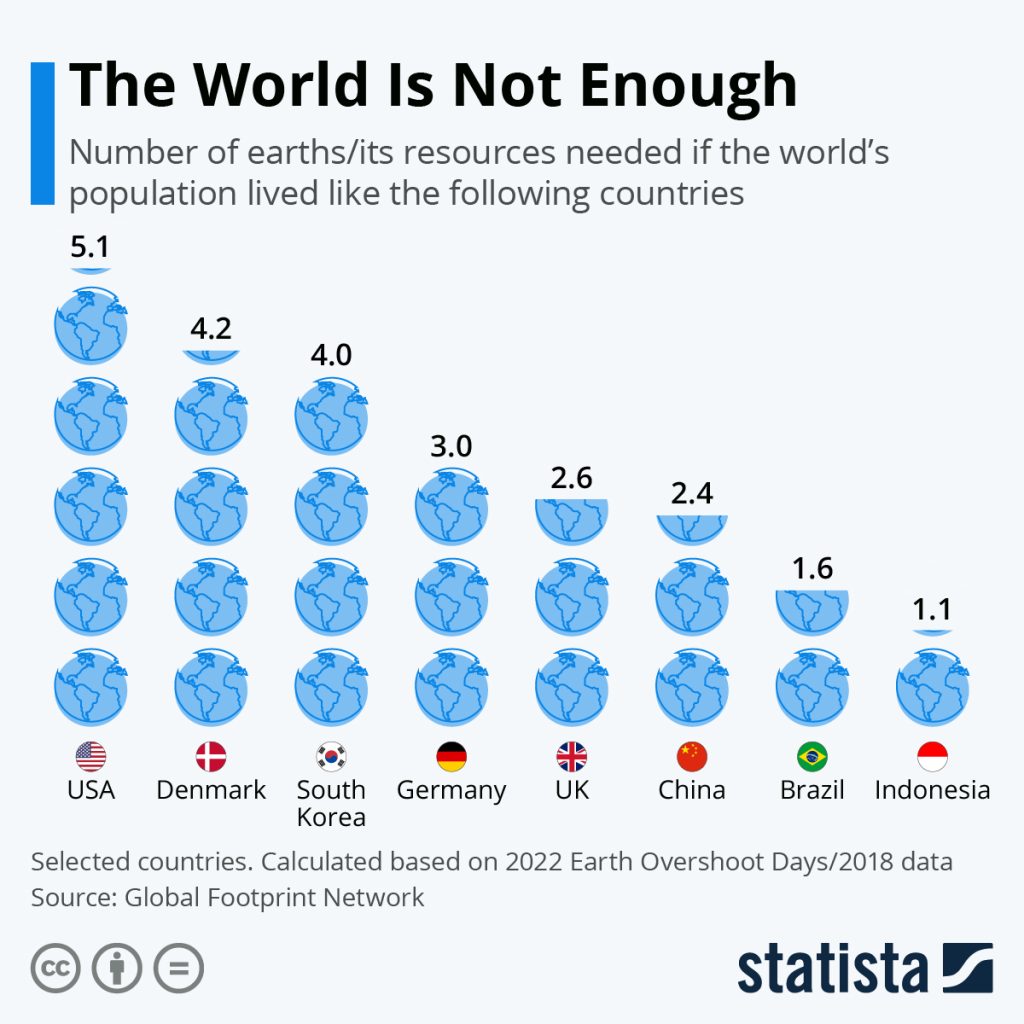
The need for sustainable development is a growing concern around the world. This is not just about the environment, but it is also about the economic and social changes that need to be made. Architects, urbanists, policymakers, and communities from local to global levels are facing the challenge of meeting sustainable development needs while protecting the earth’s life support systems. The increasing world population and consumption patterns are threatening the balance of the ecosystem. Pollution of air, water, and land is endangering health, biodiversity, and the built environment. Sustainable development practices are essential for ecological, human, and economic health and vitality. The implementation of global warming or climate crisis agreements is gaining importance to reduce environmental harm. Sustainable development can be achieved by understanding or imitating nature, reducing consumption patterns, and using renewable energy sources.
Around the world, many people in community groups, schools, nonprofit organizations, and universities are putting sustainability into their lives and systems. Earth’s history is divided into a series of times, referred to as the geologic time scale. According to National Geographic, “the current epoch is called the Holocene, which began 11,700 years ago after the last major ice age. The Anthropocene Epoch is an unofficial unit of geologic time, used to describe the most recent period in Earth’s history when human activity started to have a significant impact on the planet’s climate and ecosystems.”
Anthropocene is derived from anthropo for “man” and -cene for “new”. Because human beings have caused mass extinctions of plant and animal species, and polluted the oceans and the atmosphere, among other lasting impacts. An anthropocentric approach may include wanting to know if the destruction of the environment will affect humans. It is not only the nature of human activities that threaten the environment but also their increasing population. There are terrible scenarios related to 2050. One of these concerns is that people will destroy themselves; maximum raw materials depletion, pollution will grow and food sources deplete. As an example one of the eco-organization; According to the Ecomodernist Manifesto “A manifesto to use humanity’s extraordinary powers in service of creating a good Anthropocene.”
People need to protect the world from themself. If nature does provide humans with benefits, it may be important to control changes that can affect nature’s ability to contribute to human-being. Sustainability can be achieved by understanding or imitating nature. Understanding how insects, fungi, and other creatures live, can guide us toward sustainable design and life. When dinosaurs disappeared long ago; insects and fungi survived. Again, in such a situation, (probably) they will stay in this world. We should consume less and produce more.
How many earths do we need?
“The Ecological Footprint for the United States is 8.1 gha per person (in 2018) and global biocapacity is 1.6 gha per person (in 2018). Therefore, we would need (8.1/ 1.6) = 5.1 Earth if everyone lived like Americans,” states Earth Overshoot Day.
In the past 60 years, the world population has grown to 4.2 billion people and now we are more than 8 billion. The growth harms the balance of the ecosystem. The increase in consumption affects the world differently. If consumption continues in this way, the ecosystem will deteriorate, and people and animals will die or have to migrate due to climate. Biodiversity is reduced. Food, energy, and other natural resources are damaged. The implementation of the agreements about global warming or climate crisis is gaining importance again at this point.
Global warming describes the process by which greenhouse gases accumulate in the atmosphere in abnormally high amounts. This is linked to environmental problems such as changes in rising sea levels and the expansion of deserts. The most known greenhouse gases in the atmosphere of Earth are water (H2O), carbon dioxide (CO2), nitrous oxide (N2O), and ozone (O3). Aerosols, which ensure the protection of the Earth’s heat, are small particles that reflect the radiation of the sun in the atmosphere. Increasing concentrations of greenhouse gases such as carbon dioxide and methane increase the temperature of the lower atmosphere by restricting the outward passage of emitted radiation, resulting in “global warming”.
As a result of these changes, the average temperature on Earth increases. In the past century, the average temperature in the world has risen 0.74 degrees. These factors reach a level that can even disturb the balance of the oceans. Thermohaline circulation plays an important role in supplying heat to polar regions. Therefore, it influences the rate of sea ice formation near the poles, which in turn affects other aspects of the climate system.
Pollution of air, water, and land, resulting from the burning of fossil fuels, industrial processes, agriculture, and other human activities, is endangering health, biodiversity, and the built environment. UN made many conferences and reports on this topic. In these reports, the Kyoto Protocol, and Earth Summit-Rio are the most known and effective.
Sustainability, renewable energy use, and orientation to nature are a way to be chosen to reduce what is happening to the environment. 13 million hectares of land in the world is destroyed for agriculture or energy.
Not all natural resources are renewable. In the world balance, everything has a positive or negative turn. The way we consume the environment or the way we live in the world has future (problems) effects. For example, food production and consumption, our primary source of life, affect the world in different ways. In the meat production process, besides the killing of animals, the gases emitted, the amount of water used and the feeding of these animals have indirect effects. For example, Water Footprint Network has calculated that on average one kilogram of beef needs about 15 thousand liters of water, and most of the total volume of water (98%) refers to the water footprint of the feed for the animals.
In conclusion, sustainability is a complex issue that requires a multidisciplinary approach to address the environmental, social, and economic challenges we face as a global community. The impact of human activity on the environment is undeniable, and we must take responsibility for our actions and their consequences. The concept of sustainable development, which aims to meet the needs of the present without compromising the ability of future generations to meet their own needs, is crucial in achieving a sustainable future. We must implement sustainable practices at all levels, from individuals to governments, and work together towards a common goal of preserving the planet for future generations. By reducing consumption, increasing renewable energy use, and orienting ourselves towards nature, we can make significant progress in reducing our impact on the environment. It is time for all of us to take action and make sustainability a priority in our lives and systems.






















Leave a comment